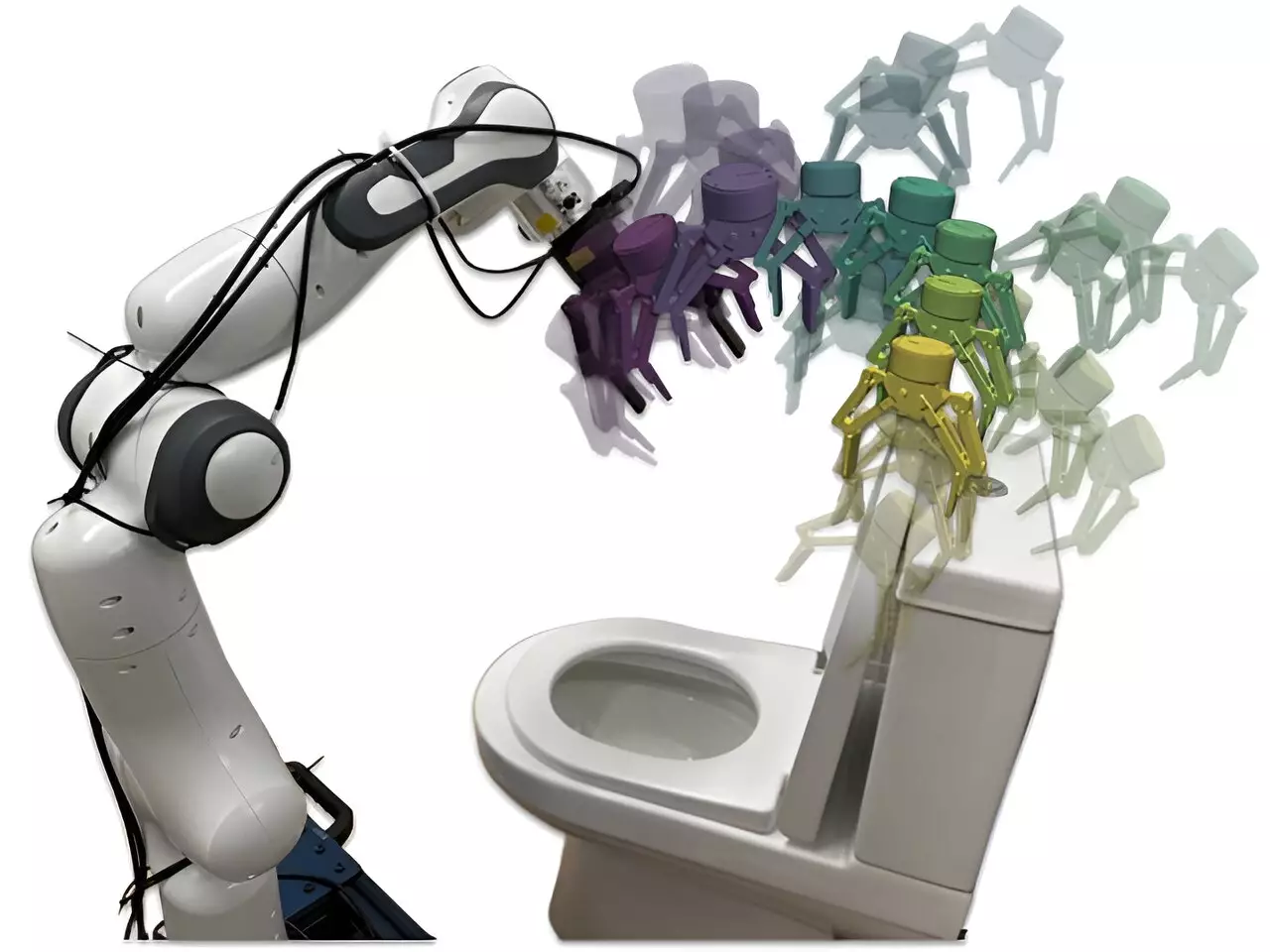Roboticists have made great strides in developing sophisticated systems over the years. However, the challenge lies in teaching these systems to effectively tackle new tasks. Mapping high-dimensional data, such as images from RGB cameras, to robot actions is a crucial aspect of training. Recently, researchers at Imperial College London and the Dyson Robot Learning Lab introduced a groundbreaking method called Render and Diffuse (R&D). This method aims to unify low-level robot actions and RGB images through virtual 3D renders of a robotic system, ultimately streamlining the process of teaching robots new skills.
The Need for Efficient Robot Training
The traditional methods of training robots are often data-intensive and struggle with spatial generalization. Precisely predicting actions from RGB images can be extremely challenging, especially when the data is limited. Vitalis Vosylius, a final year Ph.D. student at Imperial College London and lead author of the paper introducing R&D, highlights the importance of enabling humans to efficiently teach robots new skills without requiring extensive demonstrations. This method could potentially reduce the amount of human intervention needed in teaching robots, making the process more efficient and less time-consuming.
The foundation of the R&D method lies in two key components. Firstly, the use of virtual renders of the robot allows it to ‘imagine’ its actions within the image, similar to how humans visualize tasks before performing them. This approach simplifies the learning process for robots, enabling them to predict actions more effectively. Secondly, a learned diffusion process refines these imagined actions iteratively, resulting in a sequence of actions required to complete a task. By representing robot actions and observations together as RGB images, R&D enhances the spatial generalization capabilities of robotic systems.
By leveraging widely available 3D models of robots and rendering techniques, R&D significantly reduces the training data requirements for robots to acquire new skills. The method has been tested in simulations, demonstrating improved generalization capabilities for robotic policies. Additionally, real-world applications have proven successful, with robots effectively completing tasks such as putting down the toilet seat, sweeping a cupboard, and opening a box. The efficiency of using virtual renders to represent robot actions is a key advantage of the R&D method, reducing the need for extensive data collection during the training process.
The innovative approach introduced by the researchers opens up new possibilities for the field of robotic learning. The combination of representing robot actions within images and leveraging powerful image foundation models trained on vast amounts of data holds great promise for future research. This method could be further developed and applied to a wide range of tasks that robots are capable of performing, paving the way for more efficient and streamlined robotic training processes. The success of R&D could inspire similar approaches in the development of algorithms for robotics applications, driving innovation and progress in the field.
The Render and Diffuse method represents a significant advancement in robotic skill acquisition, offering a more efficient and data-effective approach to training robots. By bridging the gap between high-dimensional data and robot actions, this method has the potential to revolutionize the way robots learn new skills and perform tasks. The future of robotic learning looks promising, with exciting possibilities for further research and development in the field.


Leave a Reply